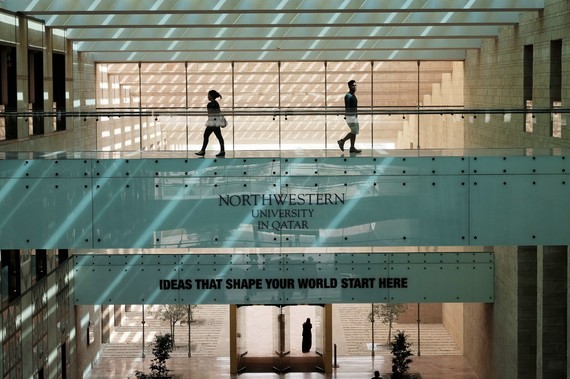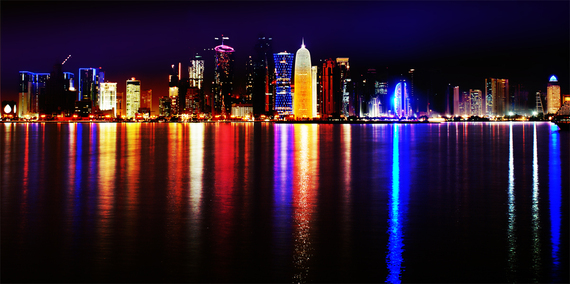Well, it appears the United Kingdom is about to launch a program and the Queen is announcing the plan. But the details are troublesome, in fact watered down dramatically, but could it be a start?
New anti-extremism powers to be included in Queen’s speech

Legislation expected to include measures to ban groups, close down premises and gag individuals
Guardian: David Cameron is expected to announce plans to crack down on extremism in the Queen’s speech, including powers to ban organisations, close down premises and gag individuals.
The legislation follows publication of the government’s counter-extremism strategy which also promised a full investigation into the application of sharia law in the UK.
The review has already been announced, but the Home Office is expected to appoint a chair shortly.
A Downing Street spokesman said he would not speculate on the contents of the Queen’s speech, to be held at the state opening of parliament on 18 May, but sources said that legislation was required to introduce the measures announced in October as part of the strategy.
It promised to ban radical preachers from posting material online, and bar anyone with extremist views from working with children. It also said that deradicalisation classes should be mandatory.
There are also plans to allow Ofcom to block broadcasts of “unacceptable extremist material”.
However, there appear to be questions still remaining. A Home Office source told the Times: “Getting agreement about the thresholds for what constitutes extremism and what needs to be protected as free speech is not going to be easy or straightforward.”
****** The HM Strategy document is here.
A sampling of the strategy:
Engaging internationally
- This strategy focuses on extremism at home but recognises that the flow of people, ideology and money is increasingly international. We will develop a clear plan of international work to reinforce our efforts to defeat extremism at home. We will also campaign to build a more robust international response to counter extremist ideology and propaganda and continue to focus on strengthening international bodies and our partners. This will be a key priority for our network of diplomatic missions, working through international institutions such as the United Nations, the Commonwealth and the European Union and through government and civil society partners. In particular, this will include steps to:
- counter extremist ideology: we will use our international network to better understand the nature and appeal of extremist ideology, learning from and sharing international best practice to improve the effectiveness of our response;
- build partnerships with all those opposed to extremism: we will expand our partnerships with governments and multilateral groups overseas to reduce the threat to the UK via concerted international action including tackling extremism online; and
- disrupt extremists: we will strengthen data sharing arrangements with our overseas posts to ensure that key decision makers – including visa officials – are fully informed about individuals’ links to extremist groups. This will involve particularly close collaboration with the Extremism Analysis Unit.
- We will work with our international partners to support implementation of the United Nations Secretary General’s Action Plan on Preventing Violent Extremism which is intended to frame what all UN member states and agencies are expected to do to tackle violent extremism. This effort will include building the capacity of international institutions and our partners, to reduce the extremist threats to UK interests emanating from overseas and thereby reinforce delivery of this strategy.44. We will also ensure that our aid programmes address the underlying drivers, enablers and narratives of extremism, particularly through efforts to build stability and security overseas. We will use the joint Conflict, Stability and Security Fund to enable greater work across Government to address transnational threats such as extremism.45. Finally, we will support collective efforts across government to engage and positively influence British communities, explaining the UK’s foreign, security and development work, and raising awareness of the impact it has overseas.
Its report said: ‘Between 2010 and 2015 the population born in the EU8 and living in the UK increased by an average of 90,000 a year but during the same period estimated net migration from the EU8 averaged only 40,000.
‘This suggests that EU8 net migration has been undercounted by 50,000 a year in the last five years.’






